The 10 best National Parks for Spring Break: make the most of the conditions
Our guide to the 10 best National Parks for Spring Break will help you break up the long semester with some awesome times in the backcountry

What better way is there to spend Spring Break than by exploring one of our finest national parks? While you can expect every other family with school-aged kids trying to squeeze the most out of their time off too, but they may have their eyes on other prizes. March is still prime ski season, while the sunny beaches of Florida and Mexico may tempt some down from the northern states.
What we're getting at is that, if you decide to head to a national park for the week, you won't have to do battle with every American family for the best pitches. Our selection of the best National Parks for Spring Break covers parks that have comfortable – and in some cases even favorable – early spring conditions. This will enable you to break up that long spring semester with some awesome adventures in the backcountry.
Lots of the best National Parks aren’t quite ready for visitors until April due to snowy conditions, and many of the National Parks on our list involve desert environments, where the oppressive heat makes them mostly off limits in the summer. Meanwhile, some simply boast more temperate year-round conditions and you might just want to pack a waterproof jacket and enjoy the magnificent waterfalls fed by spring run-off. In all of these parks, you’ll want to bring your best hiking boots as the best way to explore them is always on foot.
Meet the expert

Having grown up in Scotland, Julia moved to the US for university and then remained on the west side of the Atlantic for much of her adult life. Aged 27, she quit her job in the city and moved to Vali, Colorado, where she fell in love with the natural beauty of the state and its mountains. Now a veteran of Americas national parks, she reveals her ten top picks for Spring Break.
Today's best deals
1. Yosemite
- Yosemite is rightly one of the most iconic national parks in the world
- It's centered around the 3,500-foot deep Yosemite Valley
- Its waterfalls are at their most impressive during spring
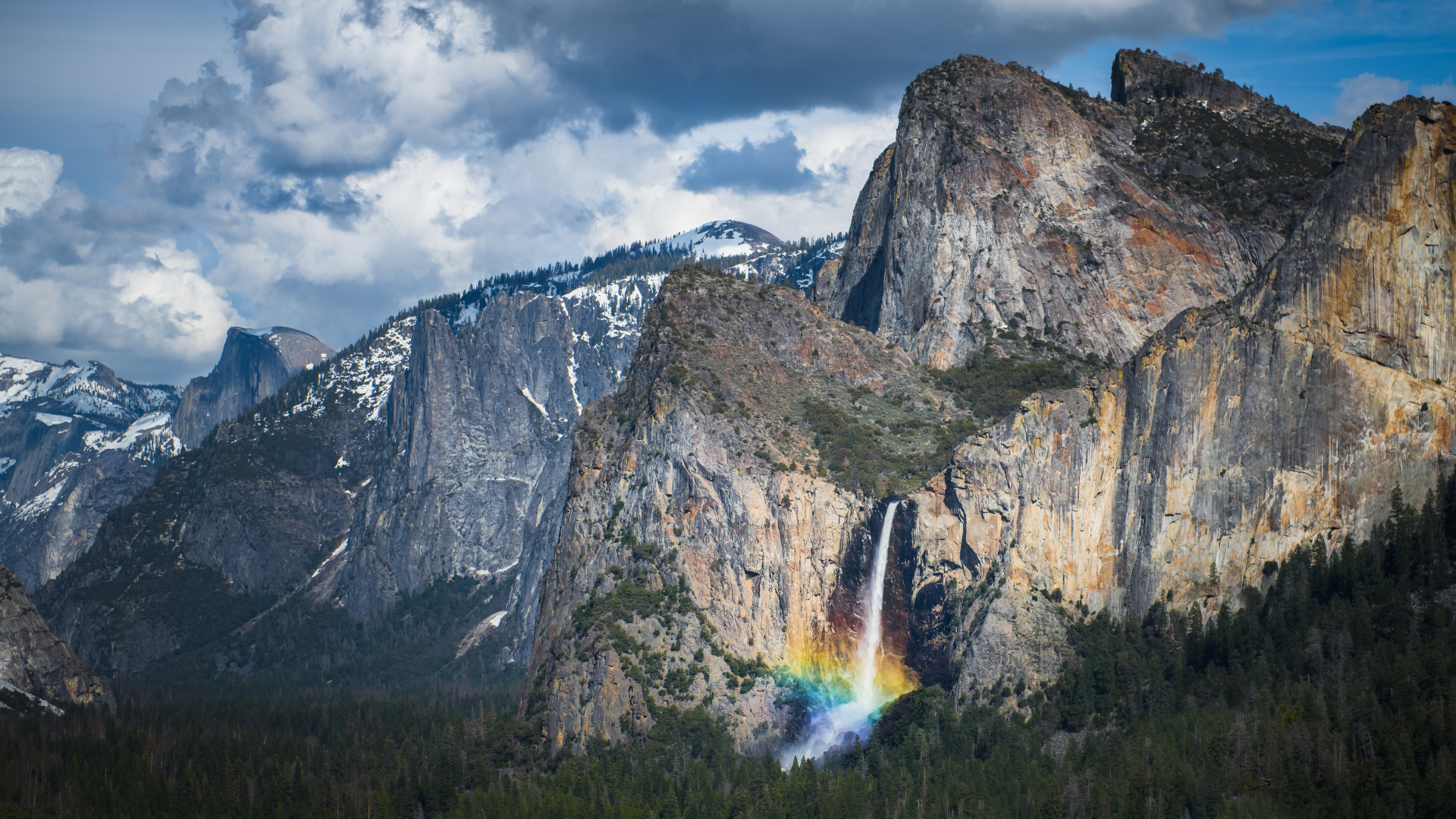
Yosemite’s place as one of the most famous National Parks in the world is rightfully earned. The Park is located near Fresno, California, which has an international airport, and centers around Yosemite Valley, which was carved by glaciers and cuts 3,500ft deep into the earth and is walled by massive granite summits like El Capitan and Half Dome. The valley creates some of the longest and most stunning waterfalls you will ever see cascading over the edge of steep granite cliffs, and these are at their most impressive in the spring. Though temperatures will be cooler, you’ll have a good chance of enjoying daytime highs in the upper 50s. Check out our guide to the best hikes in Yosemite National Park.
2. Death Valley
- Much cooler in spring, Death Valley is a beautiful yet stark landscape to explore

Sure, it’s famous for being the hottest place on earth in the summer months, but that’s all the more reason to visit in the spring when daytime highs will only be in the low-80s and lows in the 50s. Death Valley straddles the border between California and Nevada and its stark desert landscape treats visitors to beautiful adventures in salt flats, badlands, canyons and mountains.
3. Joshua Tree
- Joshua Tree straddles the Mojave and the Colorado desert ecosystems
- Its iconic landscape is a true haven for hikers and rock climbers who come to explore its patterns of dense forest and rock formations
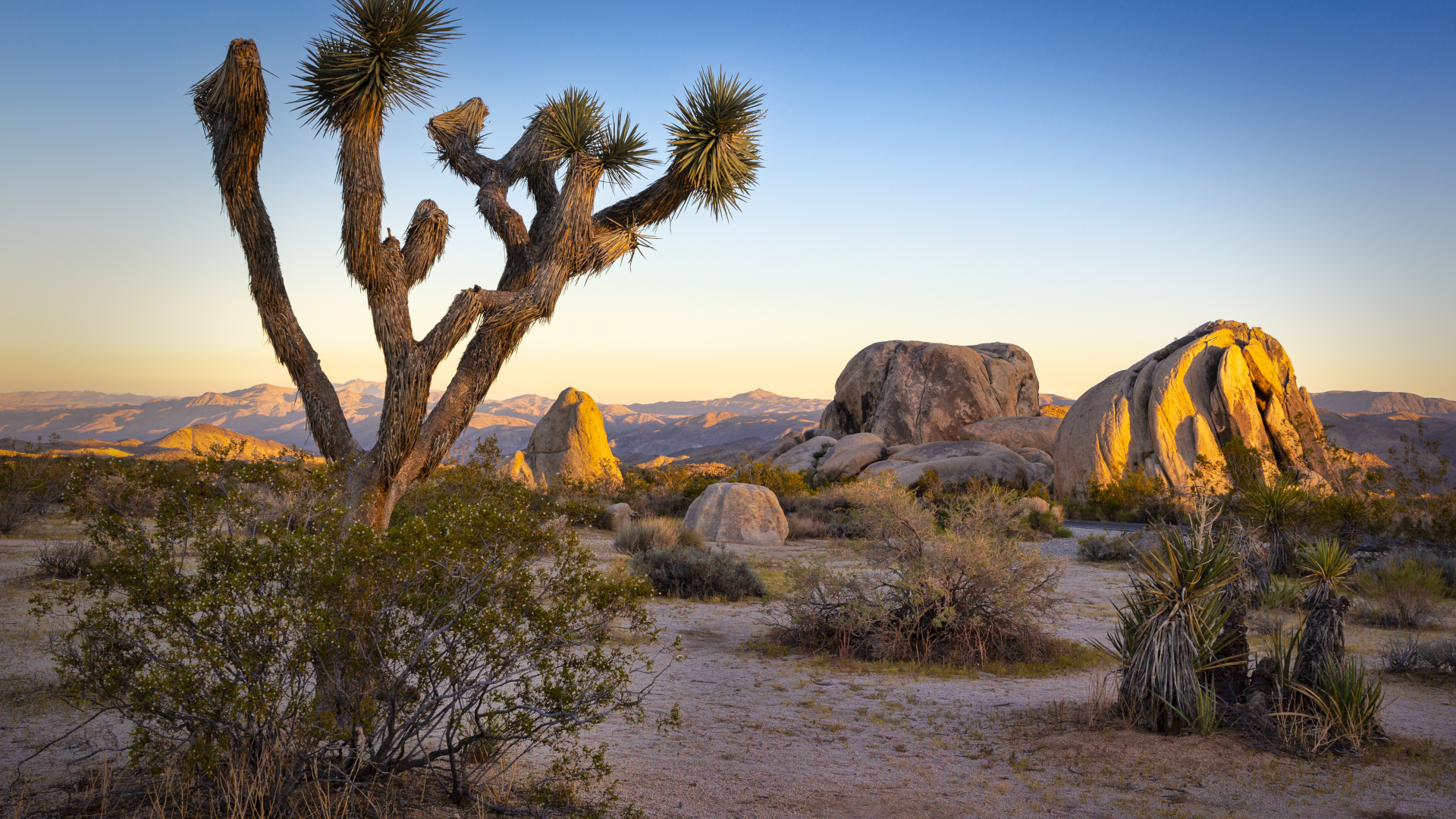
Joshua Tree National Park is in southern California near the city of Palm Springs, and straddles two distinct desert ecosystems: the Mojave and the Colorado. It is named for the trees native to the Mojave Desert, which takes up the western portion of the Park and sits a bit higher and is therefore cooler – sometimes even experiencing snow in winter. This diverse desert environment is characterized by alternating dense and sparse collections of Joshua trees and large boulders, some of which are billions of years old. Its iconic landscape is a true haven for hikers and rock climbers who come to explore its patterns of dense forest and rock formations. Enjoy the best hikes in Joshua Tree National Park during Spring Break and enjoy milder temperatures before the real heat kicks in.
4. Grand Canyon
- The Grand Canyon is one of the most photographed places in the world
- The 277-mile long canyon was carved by the Colorado River
- The South Rim contains most of the best hiking trails

Though this iconic spot is easily one of the most photographed places in the world, there’s nothing quite like standing on the canyon rim and taking it all in with your own eyes. Grand Canyon National Park is located in Arizona and is about a three-and-a-half hour drive from Phoenix, four-and-a-half from Las Vegas. The 277-mile long canyon was carved by the Colorado River on its journey from the Rockies to the Gulf of California, though at over a mile deep you can rarely see it. Grand Canyon National Park includes two sections: the remote North Rim, which is closed in winter and the South Rim, which is open year-round, contains most of the best hiking trails and is comfortably warm and less busy in early spring. It'll be worth bringing your binoculars.
All the latest inspiration, tips and guides to help you plan your next Advnture!
5. Arches
- Arches National Park is home to 2,000 natural red sandstone rock arches
- Temperatures are ferocious in summer, making spring a great time to visit

In eastern Utah just north of the town of Moab lies Arches National Park, home to more than 2,000 natural red sandstone rock arches carved by wind and time. The best hikes in Arches take you on slickrock trails on which to explore towering arches, delicately balanced rocks and gigantic rock fins and pinnacles highlighted by some of the most memorable sunrises and sunsets the world has to offer. The heat here is ferocious in the summertime and the place fills up come April and May with ski bums escaping winter, so Spring Break is the perfect time to visit, when daytime highs are mild – though expect cold nights.
6. Canyonlands
- Utah's largest national park boasts 337,598 acres of canyons, mesas, arches, spires, buttes and fins
- Canyonlands is so big that it’s divided into four sections by the Colorado and the Green River

Canyonlands National Park is less than ten miles from Arches and a great Spring Break destination for all the same reasons as its neighbor. This geological mecca for rugged desert adventure holds the distinction of being the largest National Park in Utah, preserving 337,598 acres of canyons, mesas, arches, spires, buttes and fins. The best hikes in Canyonlands deliver dramatic desert landscapes, stunning spires and perfectly preserved rock art. Canyonlands is so big that it’s divided into four sections by the Colorado and the Green River. The four sections are not directly linked by road and traveling between them takes several hours by car so you can either pick one section to explore, or plan to have more than a couple of days here.
7. Zion
- Zion is located in southwest Utah and centers around Zion Canyon
- It boasts high red sandstone walls, sparkling waterfalls, emerald rock pools and hanging gardens
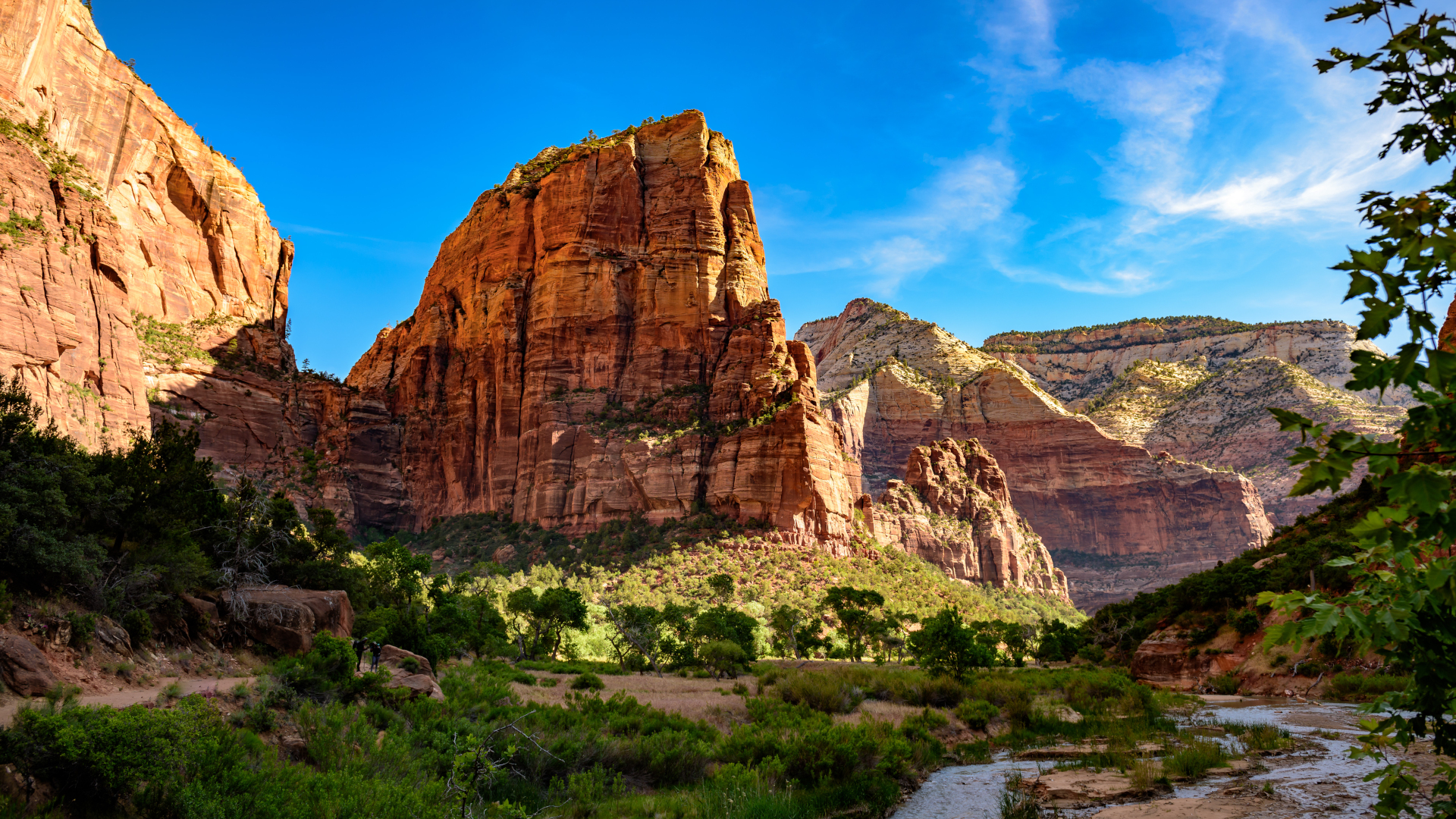
Easily one of the best National parks in a state that’s chock full of them, Zion is down in southwest Utah and centers around Zion Canyon, which frankly should be on everyone’s bucket list. The Virgin River cut this 15 mile long canyon up to 2,640ft deep into the earth the best hikes in Zion are a place to discover high red sandstone walls, sparkling waterfalls, emerald rock pools and hanging gardens. Because Zion is so popular, the earlier in the spring you can get there the better – then you can enjoy thinner crowds and more powerful waterfalls.
8. Olympic
- Olympic National Park. boasts three distinct ecosystems
- There's old growth rainforests, rugged beaches and mountains
- The mountains will still be off limits to hikers in spring

Few, if any, of America’s National Parks offer as diverse a landscape as Washington's Olympic National Park, which protects a vast wilderness on the Olympic Peninsula and boasts three distinct ecosystems. It is also a world heritage site and an International Biosphere Reserve. The best hikes in Olympic National Park range from delightful day hikes to extended backpacking adventures and spring is the best time to explore its temperate, old growth rainforests and rugged beaches, while the mountainous areas are likely to still be off limits.
9. Big Bend
- Big Bend is home to the entire Chisos mountain range and much of the Chihuahuan Desert
- Solitude is easy to find and the night skies are ideal for stargazing
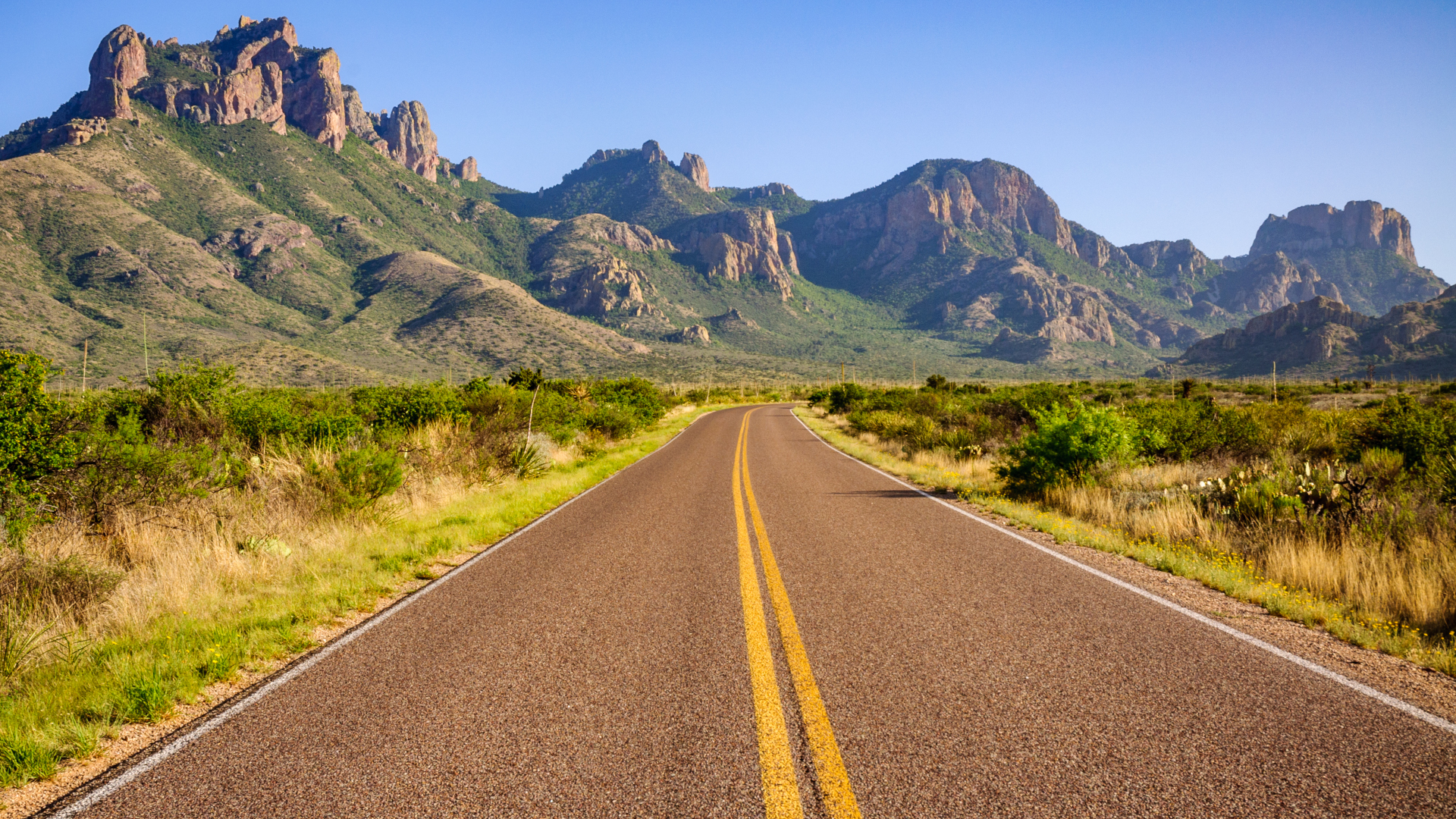
Many of us visit the wilderness seeking solitude and you’ll find that in large doses in Big Bend National Park at virtually any time of year. Located in southwest Texas close to the border with Chihuahua, Big Bend is home to the entire Chisos mountain range and much of the Chihuahuan Desert. Even in early spring, temperatures might creep into the low 90s which is why it made our list of best National Parks to visit in winter, so plan to hike early. At night, the inky black sky makes for first class stargazing.
10. Mesa Verde
- The main attraction here is the 600 preserved cliff dwellings of the Ancestral Puebloan Indians
- It's the largest archaeological preserve in the United States and a UNESCO World Heritage Site
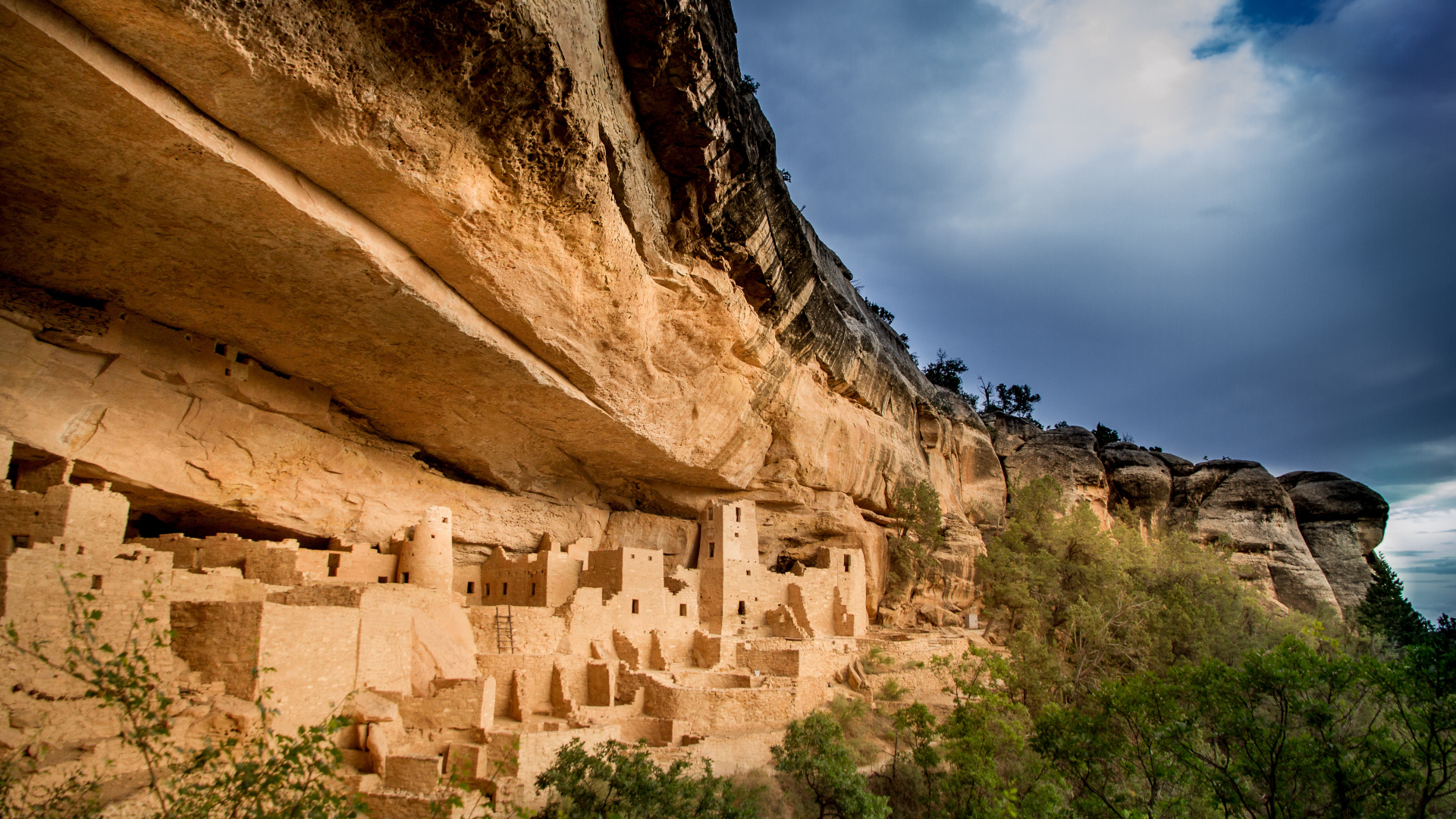
Mesa Verde is certainly Colorado’s most unique National Park, and while it’s home to deep canyons and spectacular vistas, the main selling point is the more than 600 well-preserved cliff dwellings built by the Ancestral Puebloan Indians between 650 CE and the 12th century then abruptly abandoned for reasons unknown. This UNESCO heritage site is the largest archaeological preserve in the United States and visitors can learn about how these ancient people lived in sheltered alcoves of the canyon walls. Down in southwestern Colorado, the desert conditions make it milder in the spring, though you can expect cold overnights. You won’t need too long here, so why not turn it into a Colorado road trip and pair it with Great Sand Dunes National Park before the sand gets too hot to walk on?
Julia Clarke is a staff writer for Advnture.com and the author of the book Restorative Yoga for Beginners. She loves to explore mountains on foot, bike, skis and belay and then recover on the the yoga mat. Julia graduated with a degree in journalism in 2004 and spent eight years working as a radio presenter in Kansas City, Vermont, Boston and New York City before discovering the joys of the Rocky Mountains. She then detoured west to Colorado and enjoyed 11 years teaching yoga in Vail before returning to her hometown of Glasgow, Scotland in 2020 to focus on family and writing.

